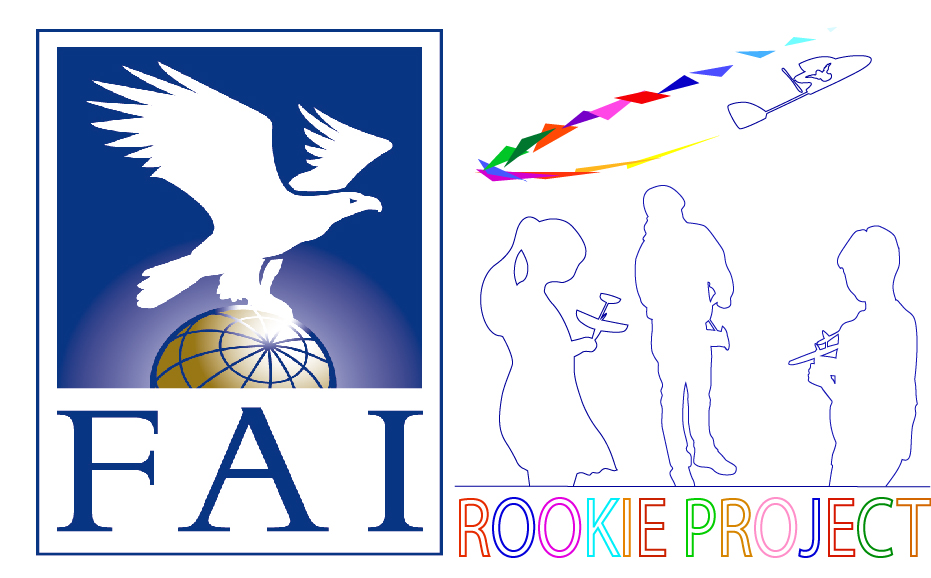Rookie project
Workshop
The workshop during the day is organized in such a way that there is a nice balance between listening, learning and doing. Below is an example with an explanation of the various steps that are taken.
Introduction of the Rookie workshop
A brief explanation of the activities, learning objectives and the role of the CIAM/FAI in this. Naturally, the supervisor also introduces him- or herself. After sharing this information, it is important to ask the children if they already know anything about airplanes. A good start for the first step.
Building the Rookie kit
First, the box with the Rookie kit is checked, glue is distributed with accompanying warnings and neatly displayed on the work tables.
The Rookie is built up step by step. These steps are available with photos and a written description in the document provided to children and supervisors.
The sequence that the CIAM/FAI supervisor applies ensures a systematic build-up and results in the Rookie kits being completely ready to fly after about 1 hour, or sometimes faster, depending on the size of the group of children and the number of supervisors.
All Rookies are provided with the name of the owner and placed safely on the tables to give them a last chance to dry.
Basic explanation about the Rookie - how to make nice flights INCLUDING Loop-the-loops!
Important aspects in this explanation are of course the safety, the performance of the Rookie and finding a suitable place to fly. Emphasis is placed on the 'cause and effect' phenomenon, airplanes provide a very clear visualization of this important aspect!
Flying your own Rookie model plane
Before the children are allowed to go '' loose '', a number of important things are first agreed for safety and fun. Then practical experiments will be done, the Rookies will perform the craziest antics and even crash. No problem with these Rookies, they really don't break! The great thing about the Rookie is that it can be flown both indoors and outdoors.
In case of bad weather or a lot of wind, you can fly in the gym, a large auditorium, the school hall or any other large space!
The trick is to adjust the model in such a way that it does not fly up against the walls, and for children to receive explanations and advice in a fun way. When flying outside, there are other things to take into account instead of walls. Think of the wind and thermals, for example. Thermals can take your plane extremely high, a beautiful theme in which the imagination and wonder for nature merge nicely with technology and science.
Closure of the activity
A fun '' debriefing '' where the children can share their experiences about those 10 amazing loops or their super high flight!
Everyone gets the Rookie and a nice CIAM/FAI certificate to take home.

Sponsored by:


